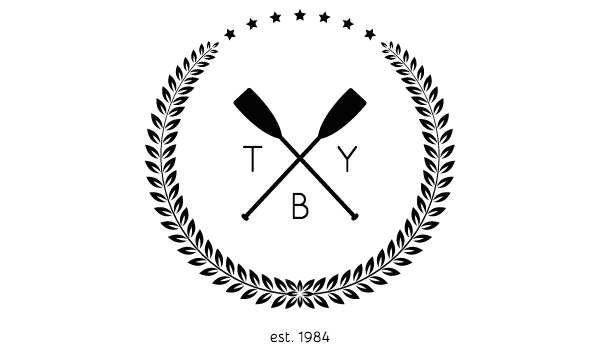Although slowed down, the privatization program is still ongoing in Turkey. One of the last auctioned assets was a closed-down raki factory that is located right on Bosporus. The point of interest was not the factory itself but the precious 54,870 square meters land that the factory had been built on. (Since none of the buildings are historical, the prospective investor is free to demolish everything and to use the land as he wishes.)
The winner of the auction was an obscure company with a bizarre and very long name: As Asya Gayrimenkul Pazarlama İnşaat Taahhüt Otomotiv Oto Kiralama Turizm Kamuoyu Araştırmaları Reklam Hizmetleri ve Matbaacılık Dayanıklı Tüketim Mamülleri Gıda Maddeleri İthalat İhracat Sanayi ve Ticaret Ltd. Şti.
Their bid was 303,100,000 TL. The result was shocking. After 40 rounds of fierce bidding, the prices had climbed to such high levels that even the government was caught by surprise.
A couple of weeks later the winning company made it to the headlines. Everyone was wondering who these obscure millionaires were. The fact that their company had only 50,000 TL of registered capital rendered the situation even more mysterious.
I was surprised, not by the result of the auction, but by the reaction of the newspapers. These guys were no millionaires. The government had lowered the entry barrier to such ridiculous levels that anybody who was willing to risk 50,000 TL (i.e. the collateral amount) could join the auction and bid for the small-but-realizable prospect of making millions of dollars. The goal was to attract more participants and to stimulate greater momentum and competition. Secretly the government hoped that the amateur investors would push up the prices and that the asset would nevertheless end up in the hands of a professional investor who will be able to close the deal by paying the promised amount.
However, in an almost paradoxical fashion, the design of the auction discouraged the serious investors who anticipated right from the beginning that the presence of obscure investors would lead to an irrational bidding war.
Claim: The behaviour of the winning company was aggressive but not irrational.
A privatization auction does not immediately result in a completed sale. There is a deadline for paying the promised amount. (The deadline is usually a year away from the auction date.) If the winner changes his mind, then he is forced to hand the entire collateral to the government. In other words, the auctioned object is not the asset itself. It is the strike price of the American call option to buy the asset before the deadline. This price is Y minus W where W is the value of the collateral and Y is the bid. (The collateral counts towards the purchasing price.) Since W is fixed from the beginning, the participants are essentially bidding for the strike price of the option. (Note that they are not bidding for the price of the option!)
Now let's look at how the bidding behaviour changes as the required collateral amount decreases.
Since the price of an American call option is close to that of an European one with exactly the same qualities, we can safely employ the classical Black-Scholes formula during the rest of our analysis. This is not an uncontroversial move. There may be monetary gains from an early payment to the government. (e.g. In numerous privatizations, early payment has been encouraged by a provision of discounts.) Nevertheless, the assumption that the early exercise of our American call option is non-optimal is harmless. The conclusion of our argument will be analytically independent from it.
If the value of the asset is greater than Y-W at the deadline date, then the option will be exercised. If it is not, then the option will expire and W will go wasted.
The Black-Scholes option price at time "t" is:












